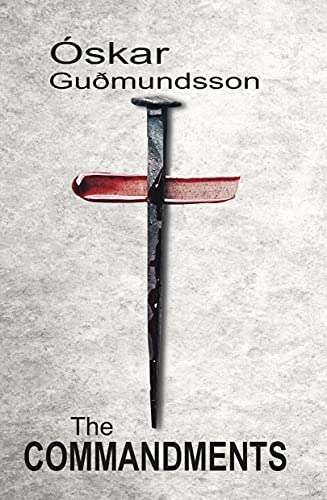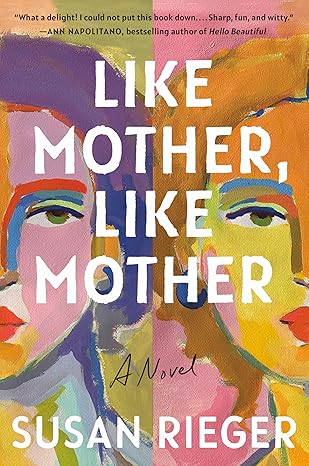3.5 Stars
I picked up this novel because it appeared on the shortlist of the 2024 Women’s Prize for Fiction. As I read, I kept wondering why it had been given that honour.
The protagonist is based on the author’s grandmother, a smart and ambitious woman thwarted by the societal restrictions imposed on her gender. Born in 1881 on a sheep farm in New South Wales, Australia, she loves school and wants to be a teacher, but her dreams are crushed by her father. Marriage can get her away from the drudgery of the family farm “where everything was rough, coarse, dirty, half-broken, a life of hard work and nothing to show for it.” Of course she discovers that marriage is just another form of servitude. She urges her husband to become a businessman, not a farmer, and is happy when he agrees. Quickly however, she becomes restless and is looking for something else to achieve. And determined to give her children, especially her daughter, the opportunities she didn’t have, she becomes a demanding mother whose relationship with her children suffers.
I found the book repetitive. Dolly opens a business but gets bored once it’s a success. She uproots her family and moves on to a new place with another business and the pattern repeats again and again. She is never satisfied, endlessly pursuing the next challenge.
There is much to admire about Dolly. She is smart, determined, and resourceful. It is not difficult to sympathize with her because of her limited options: “She just wanted to be a woman with the same freedom to choose that a man had.” Of course her dominant trait is her restlessness: “The craving for a new place, a new venture, a new set of challenges to meet and conquer – once that craving gripped her she couldn’t ignore it.”
What is missing is some self-reflection, any real attempt to understand the impact of her single-minded restlessness on her children. Over and over again, her children must leave behind friends. Dolly even forces her daughter to pursue a career she doesn’t want, justifying her actions with “A parent knew better than a child what was best for the child.” Never does Dolly realize that she is behaving like her own mother. Dolly has been scarred by her childhood but she behaves in a way that scars her children.
Because the novel appeared on the shortlist of a prestigious literary prize, I was expecting so much more. This story is like so many I’ve read. The book is superficial in many ways; it explains everything so the reader doesn’t have to engage. There are passages like “a world of small thinking . . . was all most women had access to. They’d never been told they could do anything bigger, and they’d been blocked if they tried. Finally, like a broken-in horse, they’d forgotten their real natures. They’d gone on and made a life out of the tame things they were allowed. Clever women, so many of them, bust shrunken because they were women.” I prefer being shown, not told.
The book is the author’s attempt to understand her grandmother who was described as cold and dominating and uncaring and selfish and unloving. What the author imagines for her grandmother is a plausible explanation for Dolly’s behaviour, but as a work of literature, the book is unremarkable.








